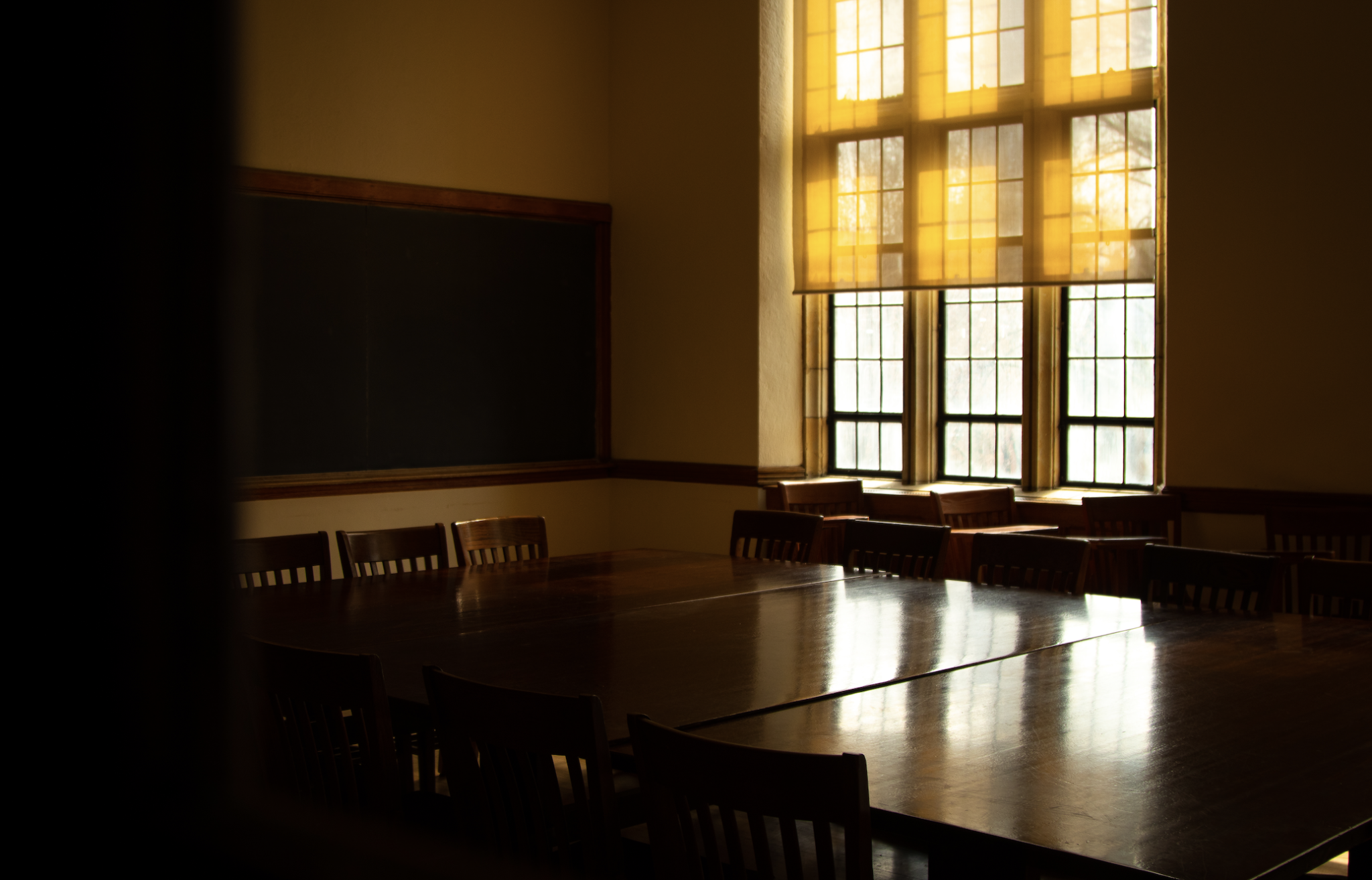After a term of in-person classes, some final exams moved online
With the recent surge in COVID-19 cases and the presence of online alternatives to in-person class meetings, some professors have elected to move their final exams online.

Yale Daily News
While finals season usually means rooms crowded with students taking tests on fold-out desks, this fall, some students will swap out the lecture hall for Canvas exams from their dorms.
As COVID-19 rates rise, prompting the University to officially move from “green” to “yellow” COVID-19 alert level last week, some professors have decided to move their final exams online to prevent the further transmission of COVID-19 prior to winter break, as well as to increase convenience for their students. In a typical academic year, large lecture courses and small classes with multiple sections conduct finals in lecture halls with all students testing simultaneously. However, not all classes will take this standard testing approach this finals season.
“We wanted to prevent any form of contagion, and that was the main idea in modifying the final exams,” said Anna Iocavella, Italian Language Program Director. “My colleagues and I met a month ago, and we made the decision to modify the finals so that we would avoid having students in a room with 60-plus students around in a closed environment.”
The Italian Department will hold all exams online. Other classes, including a number of large statistics and data science courses, have followed suit. Their rationales range from coronavirus concerns to aiding students who may want to travel home before their final exam date. For some large lectures, such as “Data Exploration and Analysis,” the decision to move exams online is a conclusion to a semester that already offered Zoom class options.
Brandon Zhu ’24 felt that the decision to take online exams was a wise one in light of the pandemic. Zhu will be taking his “Data Exploration and Analysis” exam remotely.
“I think having it online is better because I can take it from my dorm room which is less susceptible to COVID,” he said.
For classes such as Italian, this change in testing logistics means a change in the assessment itself. While the Italian L1 and L3 final exams conventionally assessed grammar and vocabulary, this year, they will focus less on students’ knowledge of grammar and more on their conceptual understandings of the language. Students will be asked to reply to more open-ended questions that require them to think in a more “creative and constructive way,” according to Iocavella.
This change in testing structure is meant to ensure that the final accurately assesses student knowledge despite students having access to notes and online translation devices.
Italian lector Simona Lorenzini said she felt satisfied with the decision.
Collyn Robinson ’25 and his classmates will also take their American Sign Language exam remotely and asynchronously.
While this online, asynchronous format gives them the freedom to take the exam on their own time, it also presents certain challenges, he said.
“The downside of not having an exam in person is that I have to find a place to take an exam that’s quiet,” Robinson said.
Final exams end on Dec. 22.







